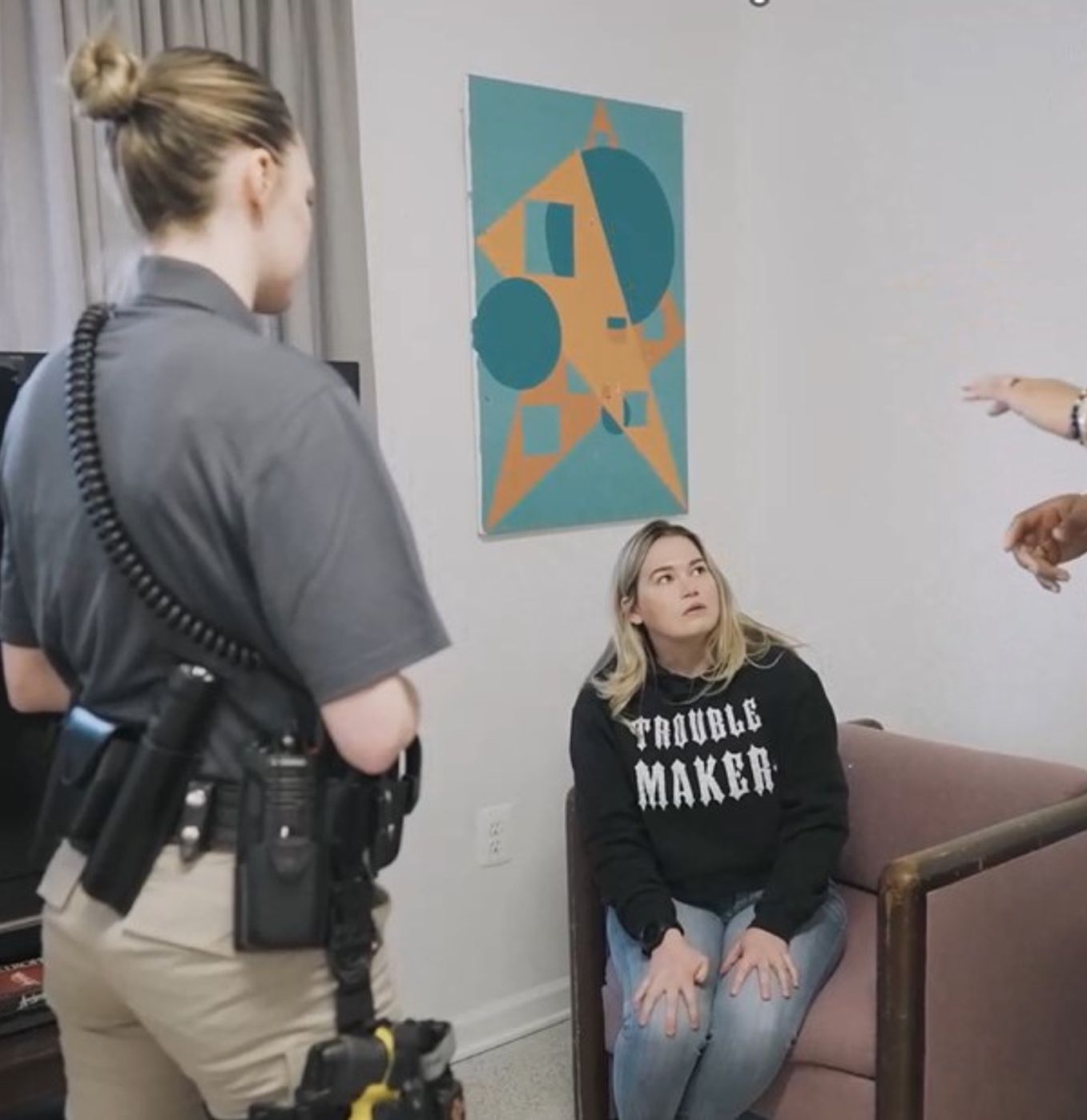FTO - Field Training Officer/Instructor Certification
Field Training Officer/Instructor (FTO) Certification
Methodology: Instructor Led
Course Length: 4 Days
Target Audience: Coaching and field training staff who provide one-on-one apprenticeship coaching, under the San Jose Field Training and Evaluation Program Model
Course Summary:
The Field Training Officer Certification course will introduce the trainer to the concepts of problem-based learning, while developing facilitation, leadership, and coaching skills. Our instructor-led training will promote adult learning principles and varied individual-based training approaches designed to maximize valuable field training time, and help the officer in training to overcome training challenges by learning at the appropriate individual pace.
This course involves student activities designed to develop the critical leadership, interpersonal, and coaching skills needed to work in stressful one-on-one training environments. Throughout the week, the trainer will be exposed to program history associated with the San Jose Field Training and Evaluation Program (FTEP), as well as mandated requirements and roles associated with field training, documentation, and related legal matters through an interactive training approach.
Activities will support problem-based learning, facilitation, self-assessment, critical-thinking, and problem solving supported by general coaching strategies. If the client is a regional facility with some members using FTEP and others utilizing the Police Training Officer model, facilitation will also conduct a detailed review of PTO terminology and processes.
Mod.1.1
- Review the evolution of field training programs
- Discuss the importance of formalized field training
- State the objectives of the Field Training and Evaluation Program
Mod. 1.2
- Review FTP terminology
- Introduce participants to FTP forms
- Review a sample FTP structure
Mod. 1.3
- Define FTP roles and responsibilities
- Identify FTP duties and expectations
Mod. 1.4
- Label 4 levels of competency
- State the history of problem-based learning
- Define problem-based learning
- Discuss learning-centric training approaches
- Review a five-step approach to problem-solvingMod. 2.1
- Name the origins of leadership
- Distinguish leadership from management
- List 12 qualities of outstanding leaders
- Review John C. Maxwell’s Five Levels of LeadershipMod. 3.1
- View techniques to improve study habits and cognitive recall
- Review note-taking approaches to address large volumes of content
- Discuss study strategies
- Identify methods to improve cognitive recall
- Label the ACME acronym associated with effective story-telling
Mod. 3.2
- View sample approaches to integrate trainees
- List eight topics that may help in building rapport
Mod. 3.3
- Discuss the value of identifying the trainees learning preference
- Review how adults learn
- View a sample trainer – trainee discussion on learning preferences & expectations
- Review the importance of setting expectations
Mod. 3.4
- Define two types of training overrides
- View a sample discussion regarding overrides
- Apply your related learning
- Discuss stress inoculationMod. 4.1
- Define coaching
- Reflect on the impact of trainers and coaches in your lifetime
- List characteristics of top performing coaches
- Analyze a top performing NFL coaches’ approach
- Identify techniques that trainers use, that are effective
- Name 7-reasons employees leave their workplace
- View the psychology of coaching
- Review steps to coaching
- Identify the value of open-ended questions
- Create and capitalize on coachable moments
Mod. 4.2
- Define feedback
- Discuss the inherent challenges with providing effective feedback
- Identify four commonalities of persons known for providing effective feedback
- Label the SERVE acronym associated with effective feedback
- Label the SMART acronym associated with stating concise objectives
Mod. 4.3
- List roadblocks, and obstacles that hinder effective communications
- Experience perspective variance
- Name strategies to communicate more effectively
- Label the LADDER acronym associated with effective listening
- Review Edgar Dale’s Cone of Learning
- Identify what hinders effective communications
Mod. 4.4
- Analyze sample debriefing approaches
- Experience the value of open-ended questions
- Discuss David Kolb’s experiential learning cycleMod. 5.1
- Review Bloom’s Taxonomy of Learning
- Describe learning domains (Affective, Cognitive, Psychomotor) and their associated taxonomy
- Discuss how Bloom’s Taxonomy is applied within the Field Training Program
Mod. 5.2
- State the purpose and role of a DOR
- Review DOR formatting
- Discuss types of situations or performance for narrative comment
- Review approaches used by trainers for DOR completion
- Analyze sample evaluation comments
Mod. 6.1
- List dimensions of diversity in the workplace
- Define implicit and explicit bias
- Discuss training scars
- Define Emotional Intelligence (EI)
- Review how EI is applied within training programs
- Discuss methods to that may help develop the coachees EI
Mod. 6.2
- Complete an Everything DiSC© Workplace Profile
- Analyze how you may sometimes be misunderstood
- Obtain strategies to improve overall workplace effectivenessMod. 7.1
- State the purpose of highly focused remedial training
- Review the definition of remedial training
- Discuss performance diagnostics considerations
- Define SMART objectives
- Name basic and remedial training tools
- View Learning Activity Packages (LAP)
Mod. 7.2
- Discuss potential training liability
- Define negligence
- Discuss:
1. Negligent entrustment
2. Negligent assignment
3. Failure to direct
4. Negligent retention
5. Failure to train
- Define vicarious liability
- When applicable—review affected State FTO certification requirementsMod. 8.1
- View video-taped trainee performance
- Participate in facilitated practical testing
1. Apply your learning by facilitating a trainee debrief/feedback session
2. Provide praise and recognition (SERVE)
3. Correct a performance issue
4. Create a realistic hypothetical variable/layer
5. Coach a classmate
Mod. 8.2
- Complete a Numerical and Narrative evaluation- Remediation as needed
- Course feedback
- Issuance of certificate

